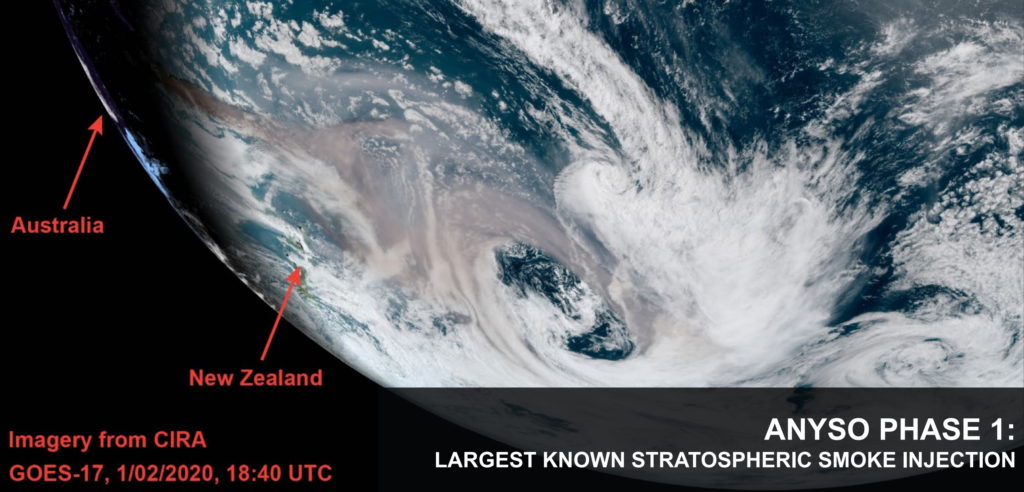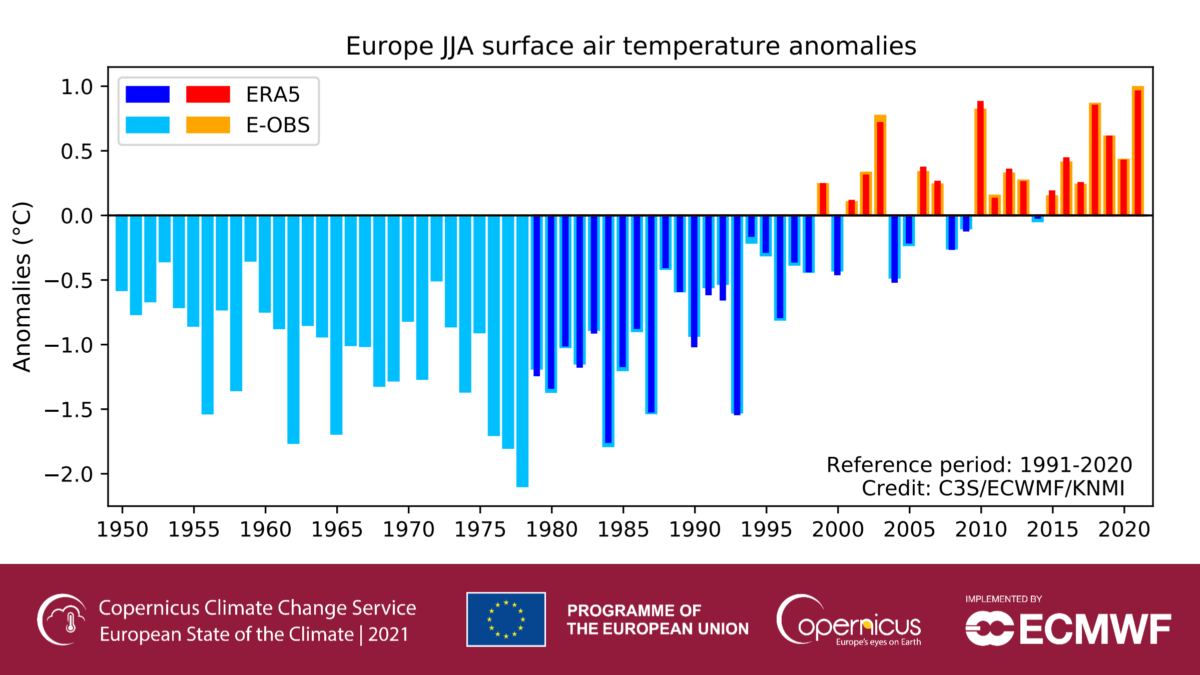Towering pyrocumulonimbus clouds can spew as much aerosol as volcanic eruptions – The Australian 2019-2020 outbreak exceeded previously unprecedented events “on almost every level”

By Carolyn Gramling
15 December 2020
(Science News) – A massive tower of smoke generated by Australian wildfires in late 2019 set a new record for the loftiest and largest fire-spawned thunderstorms ever measured. It also may represent a new class of volcanic-scale “pyrocumulonimbus” events, scientists said in an online news conference 11 December 2020 at the American Geophysical Union’s fall meeting [slide deck].
A particularly intense spate of fires in southeastern Australia during the country’s 2019–2020 “Black Summer” wildfire season led to a “super outbreak” of 32 separate pyrocumulonimbus, or pyroCB, events from 29 December 2019 to 31 December 2019 (SN: 3/4/20) . The resulting plume of smoke sent aloft was so massive that it rose up to 35 kilometers into the atmosphere, high into the stratosphere, well above the heights that jet planes fly (SN: 6/15/20). Combined with a second large plume on January 4, they injected three times more aerosol particles into the stratosphere than any previously recorded pyroCb event.
Such a long-lasting, intense event “was like nothing we’ve seen before,” eclipsing the previous record-holder, a vast fire cloud that formed over the Pacific Northwest in 2017, said David Peterson, a meteorologist at the U.S. Naval Research Laboratory in Monterey, Calif. The Australian outbreak “exceeded this previously unprecedented event on almost every level.” In terms of sheer number of aerosols sent into the stratosphere, the Australian plumes were on par with the strongest volcanic eruptions in the last 25 years. [more]
Towering fire-fueled thunderclouds can spew as many aerosols as volcanic eruptions



One Response
Comments are closed.